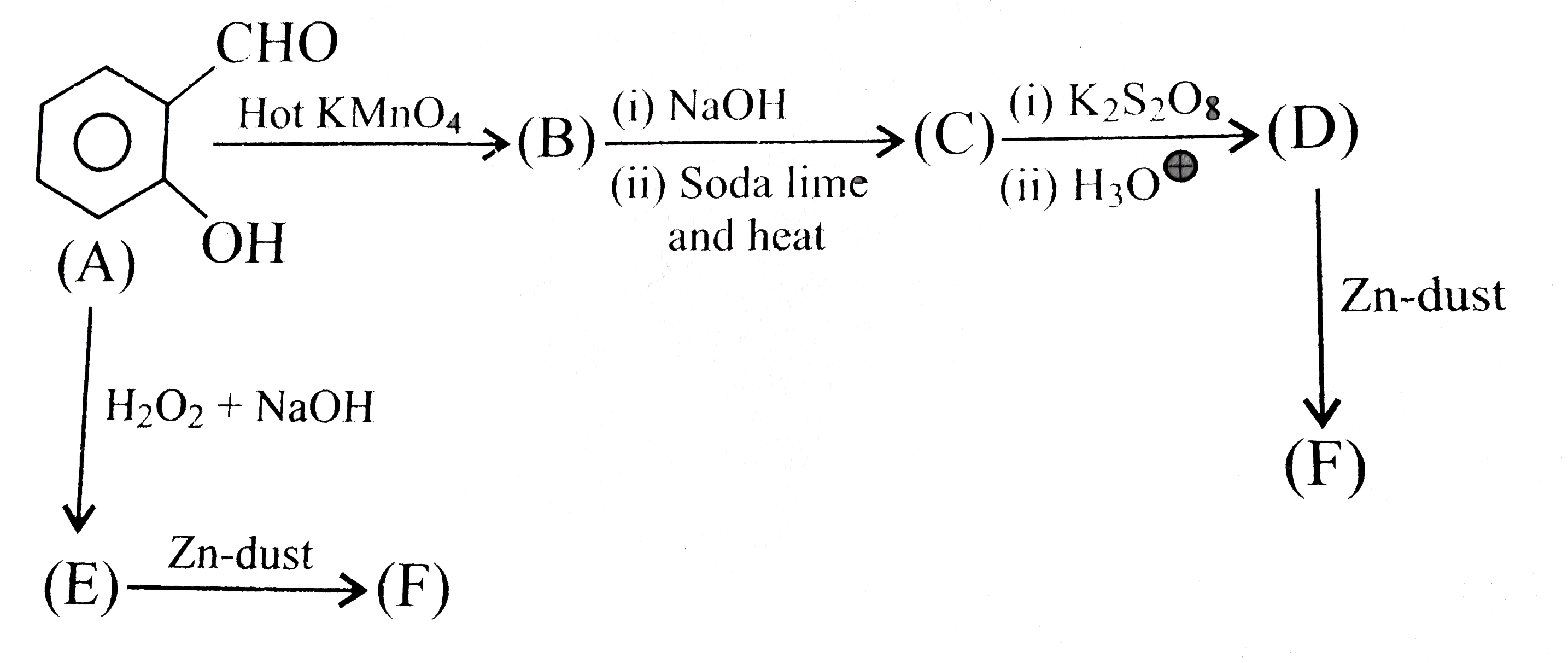The formation of cyanohydrin from acetone is which type of reaction?
Electrophilic addition
Nucleophilic addition
Nucleophilic substitution
Electrophilic substitution
The correct Answer is:B
Step by step video & image solution for The formation of cyanohydrin from acetone is which type of reaction? by Chemistry experts to help you in doubts & scoring excellent marks in Class 12 exams.
Updated on:21/07/2023Topper's Solved these Questions
- ALKENE, ALKANE & ALKYNE BOOK - ALLENCHAPTER - ALKENE, ALKANE & ALKYNE EXERCISE - EXCERSISE-1
25 Videos
- ALKENE, ALKANE & ALKYNE BOOK - ALLENCHAPTER - ALKENE, ALKANE & ALKYNE EXERCISE - EXCERSISE-2
20 Videos
- ALKENE, ALKANE & ALKYNE BOOK - ALLENCHAPTER - ALKENE, ALKANE & ALKYNE EXERCISE - EXERCISE-5[A]
68 Videos
- AIIMS 2019BOOK - ALLENCHAPTER - AIIMS 2019EXERCISE - CHEMISTRY
40 Videos
- ALKYL AND ARYL HALIDEBOOK - ALLENCHAPTER - ALKYL AND ARYL HALIDEEXERCISE - EXERCISE-05 (B)
35 Videos
Similar Questions
Knowledge Check
The formation of cyanohydrin from a ketone is an example of
Aelectrophilic additionBnucleophilic additionCnucleophilic substitutionDelectrophilic substitutionThe formation of cyanohydrin from a ketone is an example of
Aelectrophilic additionBnucleophilic additionCnucleophilic substitutionDelectrophilic substitutionThe formation of cyanohydrin from a ketone is an example of
Aelectrophilic additionBnucleophilic additionCnucleophilic substitutionDelectrophilic substitution
Addition reactions and substitution reactions are types of organic reactions. Which type of reaction is shown by ethane
View SolutionAddition reaction and substitution reactions are types of organic reactions. Which type of reaction is shown by : (i) Ethane (ii) Ethene
View SolutionGive the mechanism of cyanohydrin formation when carbonyl compounds react with HCN in the presence of alkali.
View Solution
In the formation of compoud (E) from (A), the name of the reaction is:
View SolutionThe formation of cyanohydrin from a ketone is an example of
nucleophilic substitution
electrophilic substitution
electrophilic addition
nucleophilic addition.
View Solution
